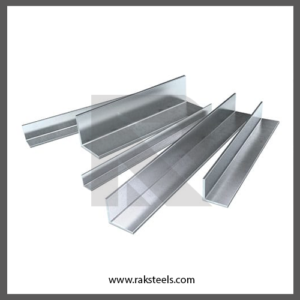Many structural steel shapes take the form of an elongated beam having a profile of a specific cross section. Structural steel shapes, sizes, chemical composition, mechanical properties such as strengths, storage practices, etc., are regulated by standards in most industrialized countries.
Most structural steel shapes, such as I-beams, have high second moments of area, which means they are very stiff in respect to their cross-sectional area and thus can support a high load without excessive sagging.
The shapes available are described in many published standards worldwide, and a number of specialist and proprietary cross sections are also available.
• I-beam (I-shaped cross-section – in Britain these include Universal Beams (UB) and Universal Columns (UC); in Europe it includes the IPE, HE, HL, HD and other sections; in the US it includes Wide Flange (WF or W-Shape) and H sections)
• Z-Shape (half a flange in opposite directions)
• HSS-Shape (Hollow structural section also known as SHS (structural hollow section) and including square, rectangular, circular (pipe) and elliptical cross sections)
• Angle (L-shaped cross-section)
• Structural channel, or C-beam, or C cross-section
• Tee (T-shaped cross-section)
• Rail profile (asymmetrical I-beam)

ANGLE

H & I BEAM

HOLLO SECTION

BAR